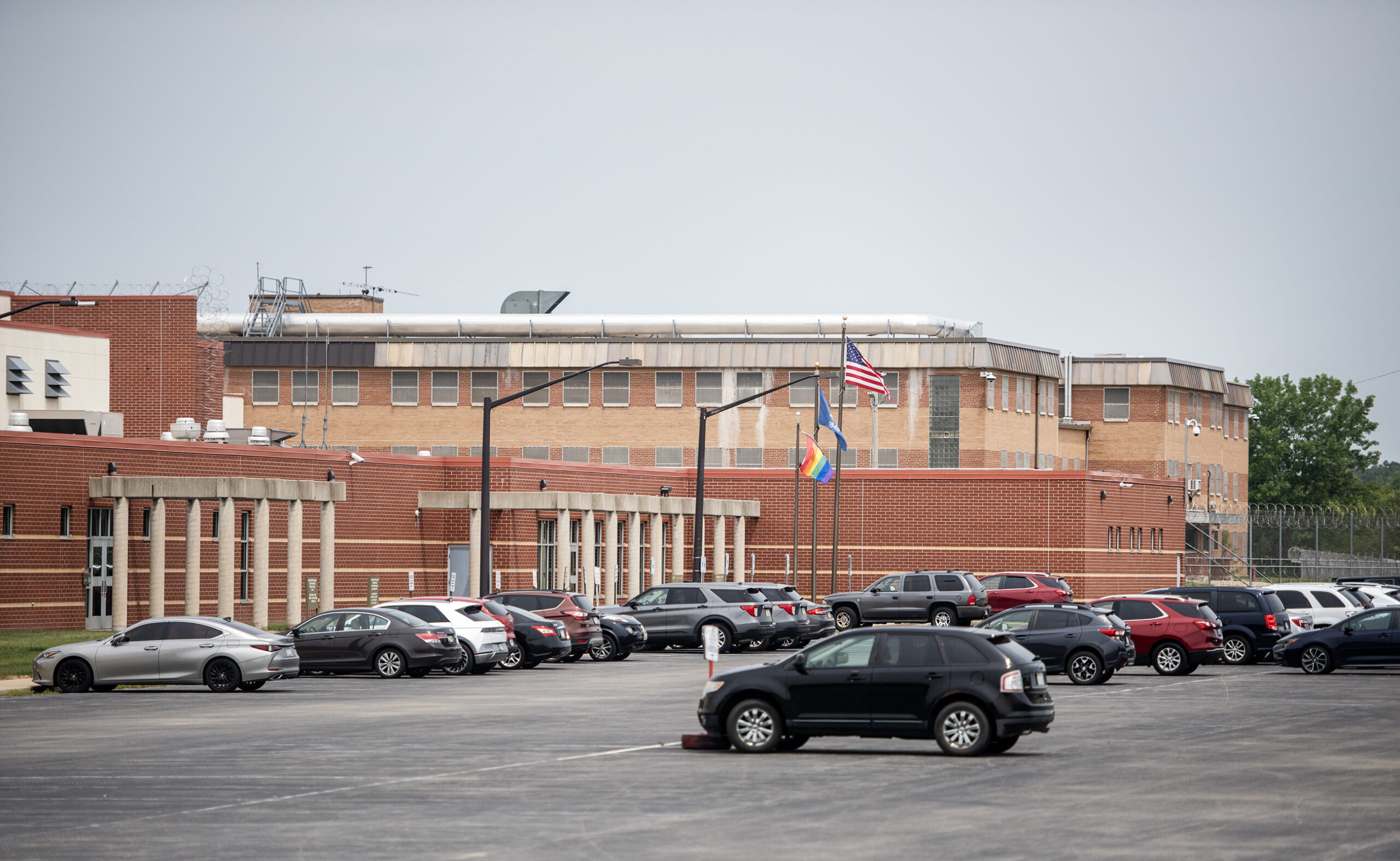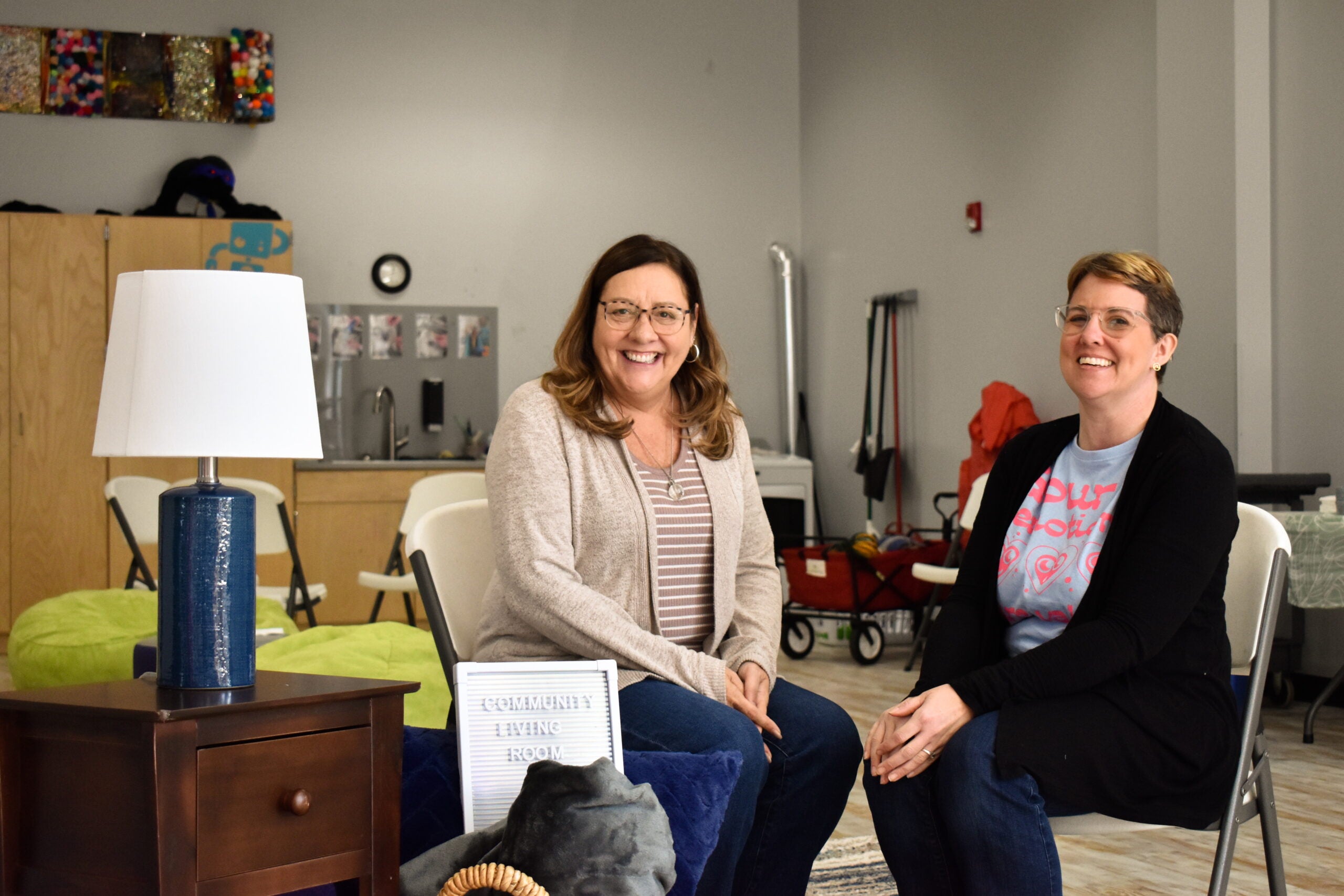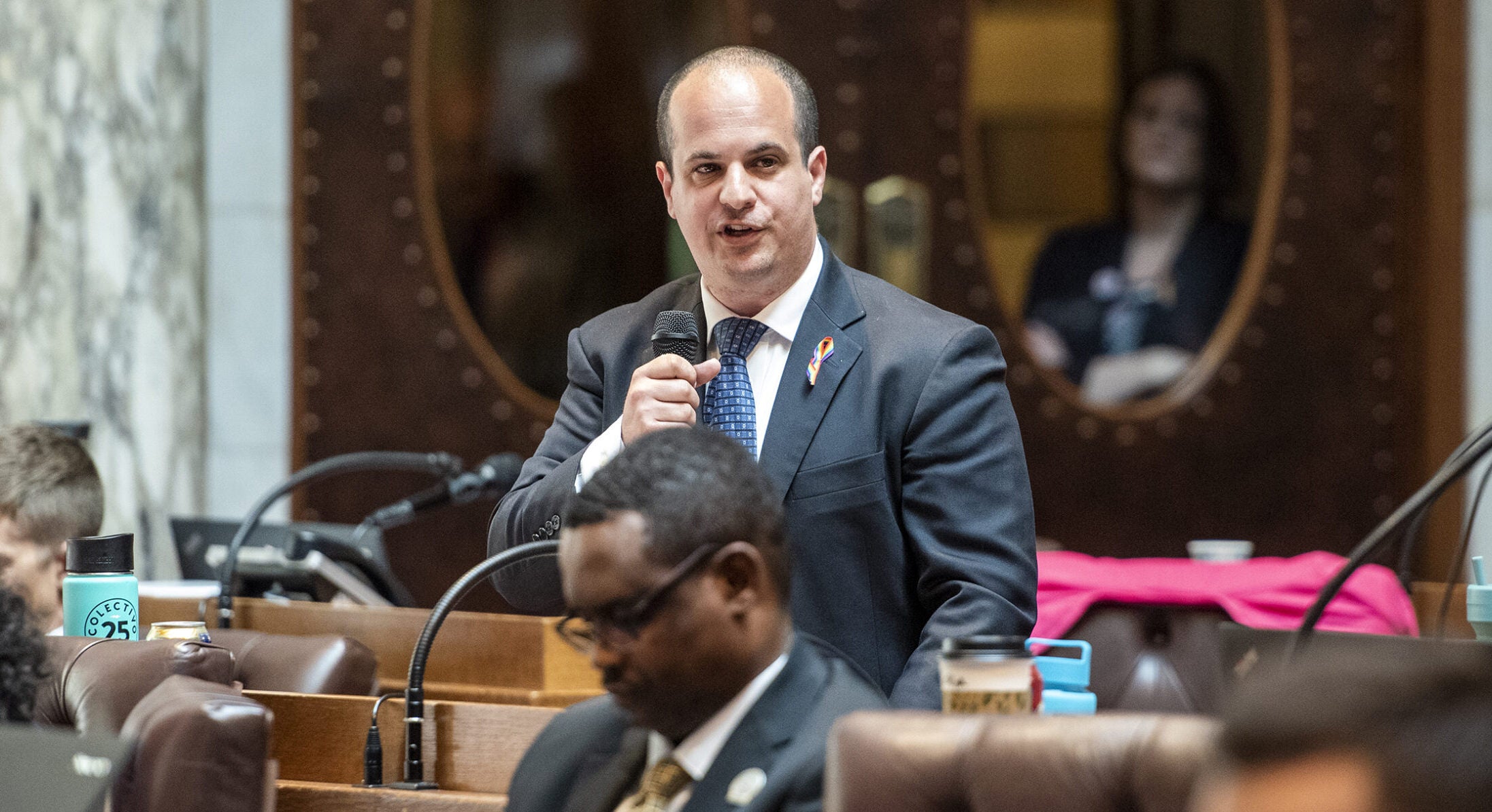Between 2000 and 2017, suicide rates in Wisconsin increased by 40 percent — a statistic that is on par with national trends — according to a report by a collection of organizations focused on reducing and preventing suicides.
Produced by the Department of Health Services, Mental Health America of Wisconsin, and the Medical College of Wisconsin, “Suicide in Wisconsin: Impact and Report” was published this month and reviews the impact that suicide has had on the state, said Leah Rolando, the suicide prevention program coordinator with Mental Health America of Wisconsin.
The report also reviews risk factors for suicide and provides suggestions for reducing the state’s suicide rate.
Stay informed on the latest news
Sign up for WPR’s email newsletter.
Rolando said suicide is complex, and although rates are increasing statewide and nationally, that could be because suicide is getting reported more frequently.
But the rates are rising nonetheless, and some risk factors include access to lethal means, mental health problems, relationship issues and substance use. Economic issues, access to health care and oppression also can lead to suicide or suicide attempts.
“It’s not necessarily just something that’s caused by mental illness like a lot of us have been saying for such a long time,” said Rolando, who co-chairs Prevent Suicide Wisconsin, a statewide public-private partnership and advisory body for the Wisconsin suicide prevention plan.
Much of the information in the report about suicide deaths comes from the Wisconsin Violent Death Reporting System and Wisconsin Vital Records death certificates. Self-harm injuries reported in inpatient hospitalization and emergency department visits elucidate data on potential suicide attempts.
From 2000 to 2017, the state’s suicide rate increased from 10.9 to 15.3 per 100,000 people, and consistently stayed slightly above the U.S. rate of 10.4 in 2000 and 14 in 2017. Among Midwestern states between 2013 and 2017, the report notes, Wisconsin ranked second highest next to Indiana’s suicide rate of 14.9.
The report showed that rural counties saw higher suicide rates than urban counties, and 14 counties in Wisconsin showed rates that were significantly higher than the state average, meaning these averages are not likely due to chance. Counties included in that statistic are Bayfield, Chippewa, Eau Claire, Juneau, La Crosse, Manitowoc and Polk.
But the rate of hospitalizations for self-harm injuries was higher among urban and suburban counties, with a rate of 90.3 per 100,000 people compared to 73.6 in rural communities.
Additionally, suicide rates were higher for people in several specific categories, including those with a high school education or less, men, those in the age bracket between 45 and 54, those who are white or American Indian/Alaska native and older veterans.
The report outlines 50 different opportunities for action that can be taken to help prevent suicide, including building community connection, helping health care groups support people and keeping track of suicide deaths.
One example is to equip more faith-based organizations with the tools to explain how to respond to people who are dealing with suicidal ideation or attempts.
“There’s a lot of things that different faith communities can do to educate their congregations and the broader community about how to respond to people when they’re in crisis,” Rolando said.
Because of the coronavirus pandemic, Rolando admitted that some recommendations in the report might be problematic because of social distancing measures. She said the organizations devoted to suicide prevention are trying to get creative by leveraging virtual tools to connect people who might otherwise be isolated.
She’s particularly hopeful about groups that are peer-led, in part because they help to elevate voices of people who have attempted suicide and people who still deal with those thoughts.
Rolando is hopeful the report can be used by local and tribal health departments, coalitions and other providers to help control and minimize suicide and suicide attempts in those communities.
Another recommendation in the report is to change the way that suicide is talked about; for example foregoing commonly used phrases like “committing suicide” or “completed suicide.”
“Committed implies a sin or crime and furthers that stigma around suicide,” Rolando said. “Just being able to shift our language really helps decrease the stigma and increase people’s ability to talk openly about this.”
More appropriate language that doesn’t reinforce stigmas might be “died by suicide,” “took their own life” or “killed themselves.” Rolando also said some native communities have begun to use the term “life promotion” instead of “suicide prevention.”
Rolando also said it’s a myth that asking someone about suicide might cause someone to consider suicide or attempt it. In fact, she said data shows that the likelihood of someone attempting suicide after being asked about it is decreased.
She said it’s best to reach out and let those struggling know that whatever they say won’t scare you away and that you won’t immediately panic and call a crisis line.
“The folks really just want you to be able to sit in the pain with them and hold space for them and talk about how they’re feeling and giving them the time to do that,” she said, urging patience and grace with ourselves and others.
If you or someone you know is considering suicide, call the suicide prevention lifeline at 1-800-273-8255 or text “Hopeline” to 741741.
Wisconsin Public Radio, © Copyright 2024, Board of Regents of the University of Wisconsin System and Wisconsin Educational Communications Board.






